SaaS (Software As A Service) businesses have carved out a powerful niche in the modern digital economy. Their ability to scale quickly, adapt to user needs, and deliver value on a recurring basis makes them incredibly appealing; but also fiercely competitive. That’s where great marketing comes in.
Marketing a SaaS product isn’t just about getting eyeballs on your landing page. It’s about building lasting relationships with users across the entire customer lifecycle; from the first touchpoint to loyal advocacy. Unlike physical products, SaaS is intangible and constantly evolving, which means your marketing strategy needs to be just as agile.
In this guide, we’ll walk through the essential strategies for SaaS product marketing, share proven tactics, and help you build a framework that adapts as your product (and audience) grows. Whether you’re launching your first platform or refining your existing marketing strategy, you’ll find practical ideas to strengthen your reach and retention.
I’ve broken this post down into the following sections. You can either click on the name to jump to that section, or preferably, read the guide from start to finish.
- Understanding your market
- Building your SaaS product marketing strategy
- Customer acquisition tactics
- Product led growth (PLG)
- Customer retention and engagement
- Pricing and packaging
- Metrics that matter
- Aligning marketing with product and sales
- Case studies and successes
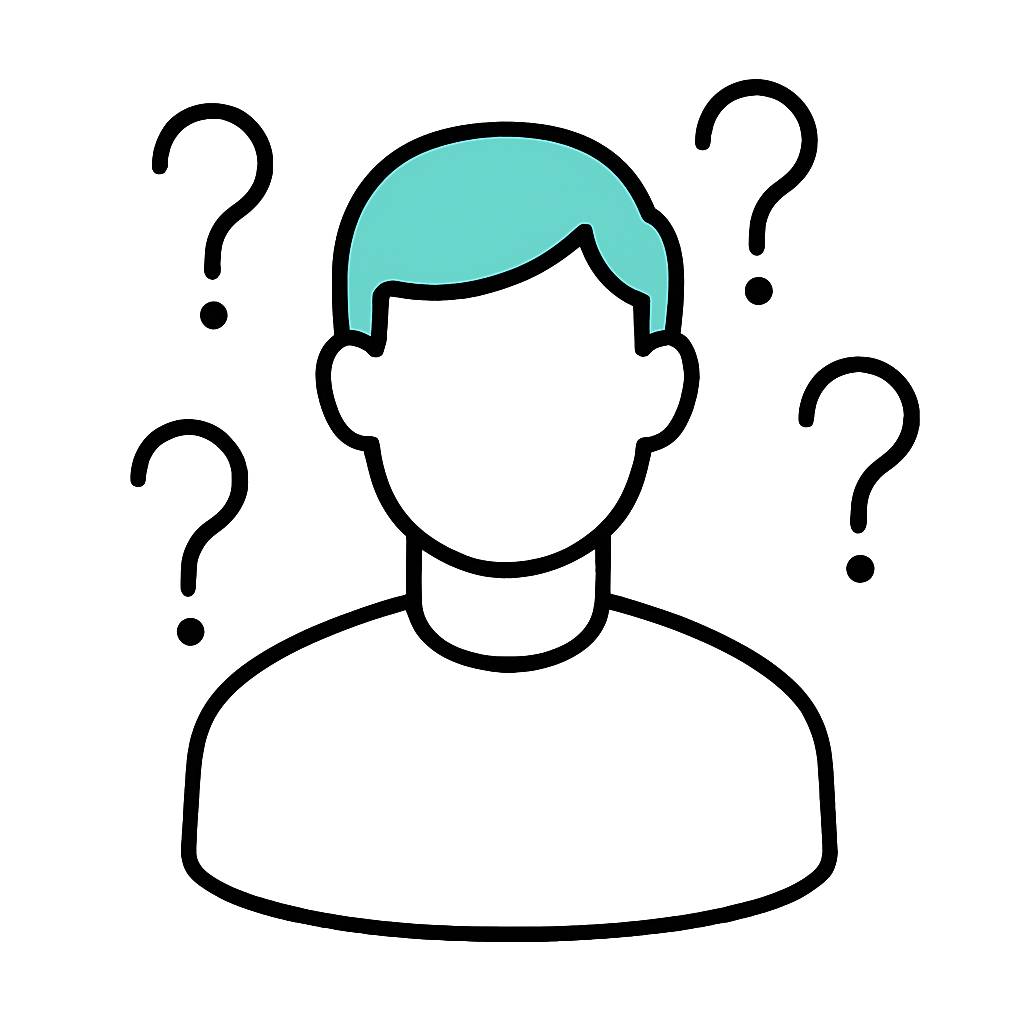
Understanding your market
Before you dive into any SaaS product marketing tactics, you need a crystal-clear picture of who you’re trying to reach; and why they’d care.
Start with your Ideal Customer Persona. This isn’t just about demographics; it’s about understanding the companies or individuals who get the most value out of your product. What industry are they in? What size is their business? What pain points keep them up at night?
Next, dig into buyer personas. These are the real people behind the decisions: the marketers, the founders, the team leads. Get specific. What are their goals? What frustrates them about current solutions? What do they read, attend, or follow for insights?
Then, turn your attention to the competitive landscape. Who else is solving a similar problem, and how are they positioning themselves? Identify their strengths; and more importantly; the gaps in their strategy where your product shines.
Finally, ask yourself: what truly sets your product apart? Maybe it’s a cleaner user experience, better pricing flexibility, or top-notch support. Maybe it’s a unique integration or feature that no one else is prioritising yet. Whatever your differentiators are, nail them down early. They’ll become the cornerstone of your messaging.
Understanding your market isn’t a box you tick once. It’s something you revisit and refine as you grow, because your best-fit customer might change; and your message needs to keep pace.
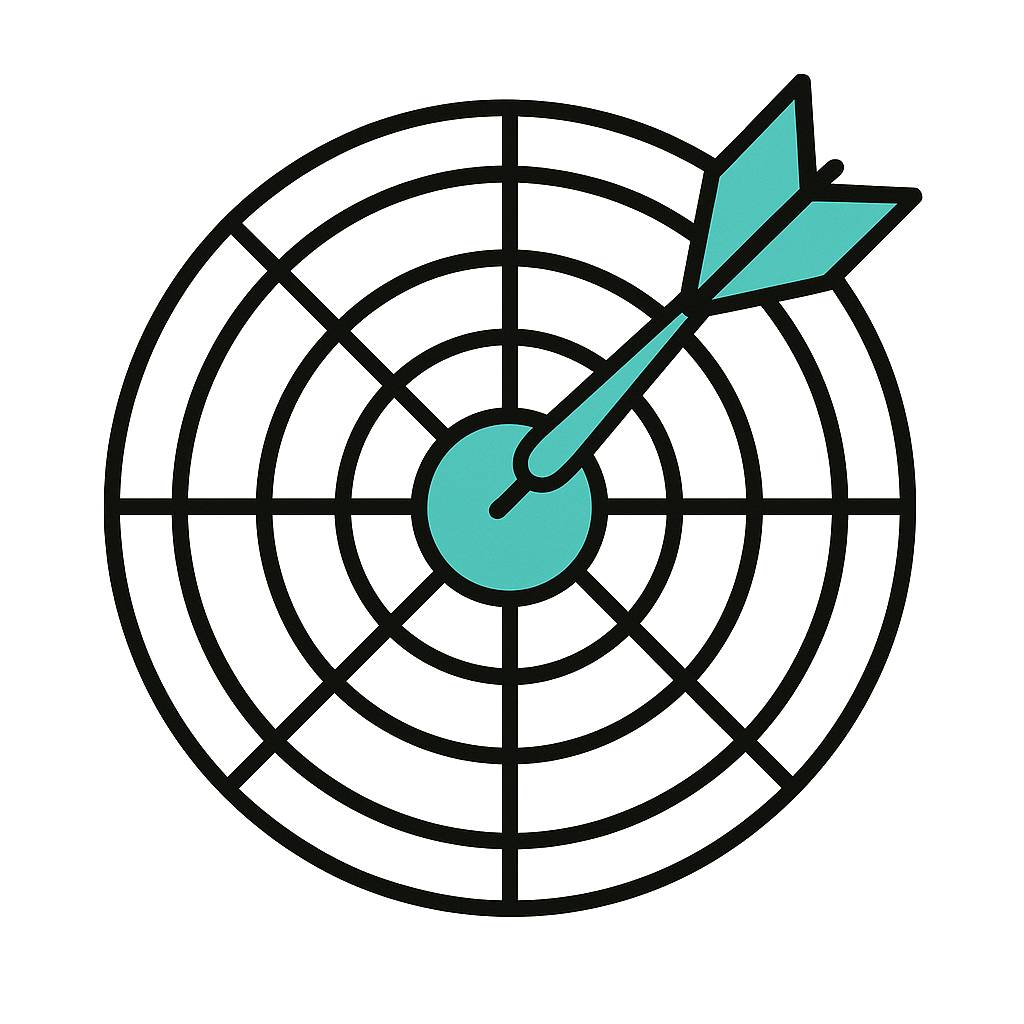
Building your SaaS product marketing strategy
Once you’ve nailed who your product is for, it’s time to map out the game plan.
Start with clear, measurable goals. Whether it’s signing up 500 new users, reducing churn by 10%, or getting your first 100 paying customers; specific targets help you focus your efforts and track what’s working.
Next, sketch out your marketing funnel. This is the journey people take from first discovering your product to becoming loyal advocates. Think of it in stages:
- Awareness: Where people first hear about you (blogs, social, search).
- Consideration: When they start comparing your solution to others.
- Conversion: That magic moment they sign up or purchase.
- Retention: When you keep them happy and engaged over time.
- Advocacy: When they’re so pleased they recommend you to others.
Not every SaaS product moves through this funnel in the same way, so tailor it to your user experience.
Then, choose your channels wisely. You don’t need to be everywhere; just where your audience already hangs out. For some, that’s organic search and educational blog content. For others, it’s LinkedIn Ads or webinars. The key is to test, measure, and double down where you get the most traction.
At the heart of it all is consistency. A strategy isn’t a one-off campaign; it’s the rhythm and direction that ties all your efforts together. And when your team knows the why behind the work, they’re more likely to bring it to life in a way that resonates.
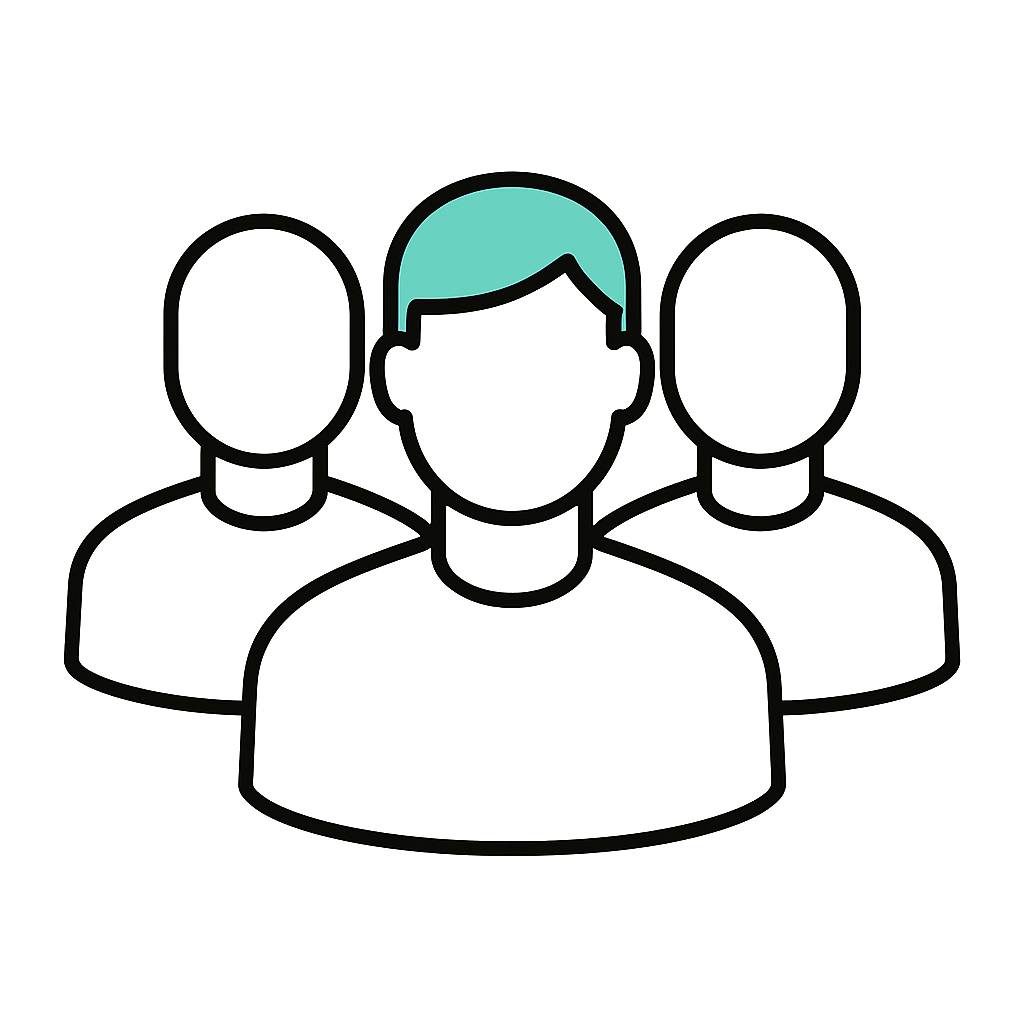
Customer acquisition tactics
Acquiring new users is one of the biggest challenges; and most exciting opportunities; for SaaS companies. This is where your SaaS product marketing needs to be rock solid. The trick isn’t just to grab attention; it’s to attract the right people and show them value quickly.
Let’s start with content marketing. Well-written and regularly updated blog posts, in-depth guides, case studies, and resourceful landing pages help bring in users who are actively looking for a solution like yours. Make sure your content actually answers the questions your target customers are asking; and don’t forget to optimise it for search so they can find it.
Paid acquisition can give you an extra boost when you need it. Google Ads work great for high-intent searches, while platforms like LinkedIn let you zero in on specific job titles, industries, or company sizes. Just be sure to monitor spend and conversion rates closely; paid traffic is only worth it if it turns into paying customers.
Then there’s the power of relationships. Influencer and partner marketing can open doors to audiences you wouldn’t reach on your own. Look for creators or complementary tools that your target customers already trust. A genuine mention or co-marketing campaign often outperforms a flashy ad.
Referral programmes are another smart move; especially in SaaS, where word-of-mouth can travel fast. Incentivise happy customers to spread the word with simple, thoughtful rewards. Whether that’s a month free, a gift card, or branded swag, a little appreciation goes a long way.
10 customer acquisition strategies to consider
Content Marketing: Blog posts, guides, case studies, and videos that educate or entertain your target audience—great for building SEO and trust over time.
Search Engine Optimisation (SEO): On-page and off-page tactics to increase visibility in organic search results. Startups often use programmatic SEO and other tactics to target long-tail keywords for less competition and higher intent.
Social Media Marketing: Building a presence on platforms where your audience hangs out. Organic engagement helps, but paid ads often accelerate results.
Paid Ads (PPC & Social): Google Ads, Meta (Facebook/Instagram), LinkedIn—quick way to test messaging and scale exposure with a defined budget.
Influencer/Partner Marketing: Collaborating with micro-influencers or adjacent brands for co-promotions, shoutouts, or bundled offers.
Email Marketing: Newsletters, drip campaigns, and onboarding flows—especially powerful once you’ve captured leads.
Referral Programs: Incentivising current users to spread the word—think Dropbox or Airbnb in their early days.
Community Building: Creating spaces (Slack groups, forums, local events) where your audience connects around shared interests or problems your product solves.
Cold Outreach (Email or DM): Done right, targeted outreach can open doors to early adopters—especially in B2B.
Product-Led Growth (PLG): Letting the product do the selling—offering free trials, freemium tiers, or viral features (e.g., inviting teammates).
The best acquisition strategies combine these tactics in a way that plays to your strengths and budget. Start small, test often, and don’t be afraid to double down when something clicks.
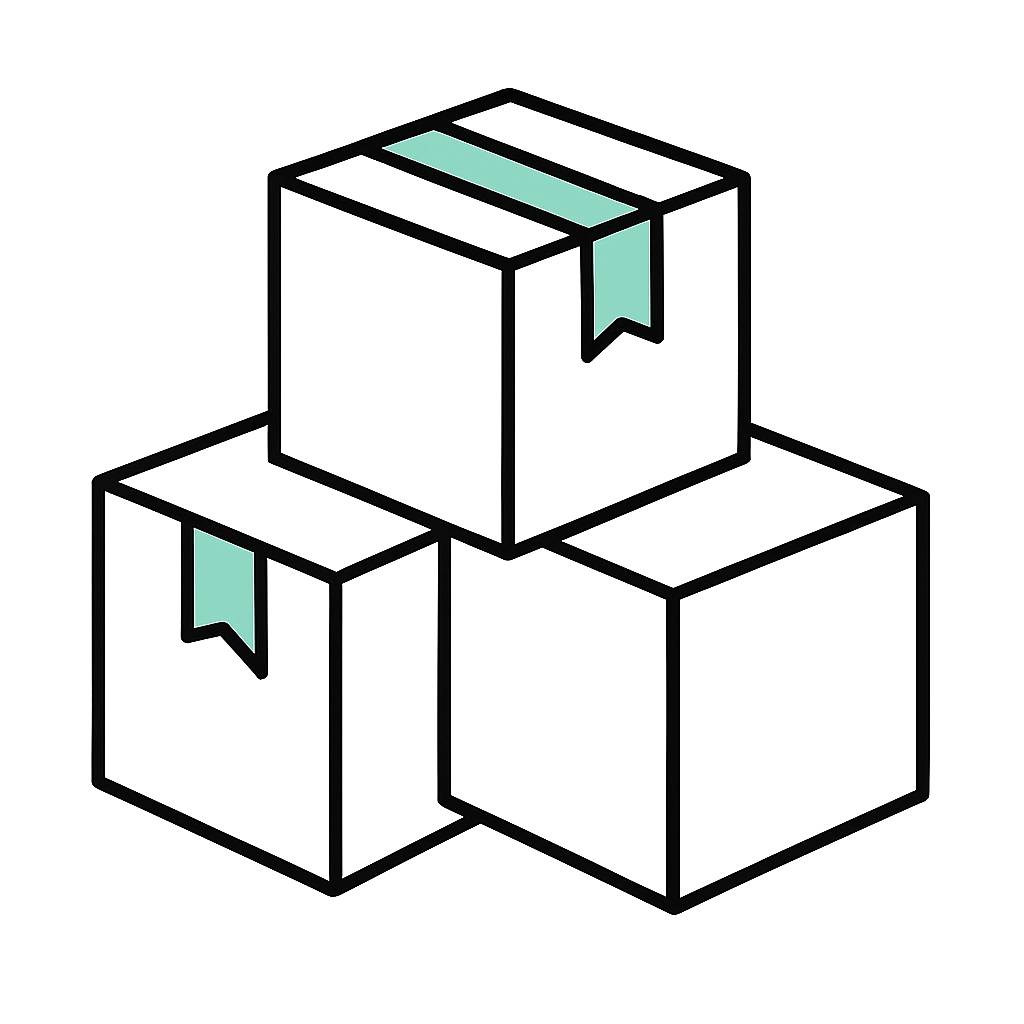
Product led growth (PLG)
For many SaaS businesses, the product itself is the best marketing tool. That’s the core idea behind Product-Led Growth (PLG); letting users experience the value of your software firsthand, then guiding them toward becoming loyal, paying customers.
At its heart, PLG is about removing barriers. Instead of sales demos and lengthy onboarding processes, users can try the product straight away. They get real value before they even open their wallet, which builds trust and reduces friction.
“Product-Led Growth is the only distribution model worth undertaking once the market is mature.”
Pankaj Prasad, Director of Product Management, Salesforce
Now, when it comes to how you deliver that experience, there are a couple of popular approaches:
Freemium: Offer a free version with limited features or usage caps. Great for products with wide appeal and strong network effects.
Examples of freemium products include: Dropbox, Trello, Zapier
Free Trial: Let users explore the full product for a set period; usually 7 to 30 days. This works well when the “aha” moment comes quickly and is easy to demonstrate.
Examples of free trial products include: Shopify, Xero, Zendesk
No matter which model you choose, onboarding is everything. A smooth, intuitive first-time experience is often the difference between a loyal customer and a lost opportunity. Use in-app guides, tooltips, or short video walkthroughs to help users hit the ground running.
Don’t forget about in-app messaging, either. Timely nudges, personalised prompts, and subtle upsells can make a world of difference; without feeling pushy.
Some of today’s most successful SaaS companies (think Notion, Slack, or Figma) didn’t grow because they outspent the competition; they grew because their products spread organically, powered by happy users.
If you’re building a product people love using and talking about, you’re already halfway there.
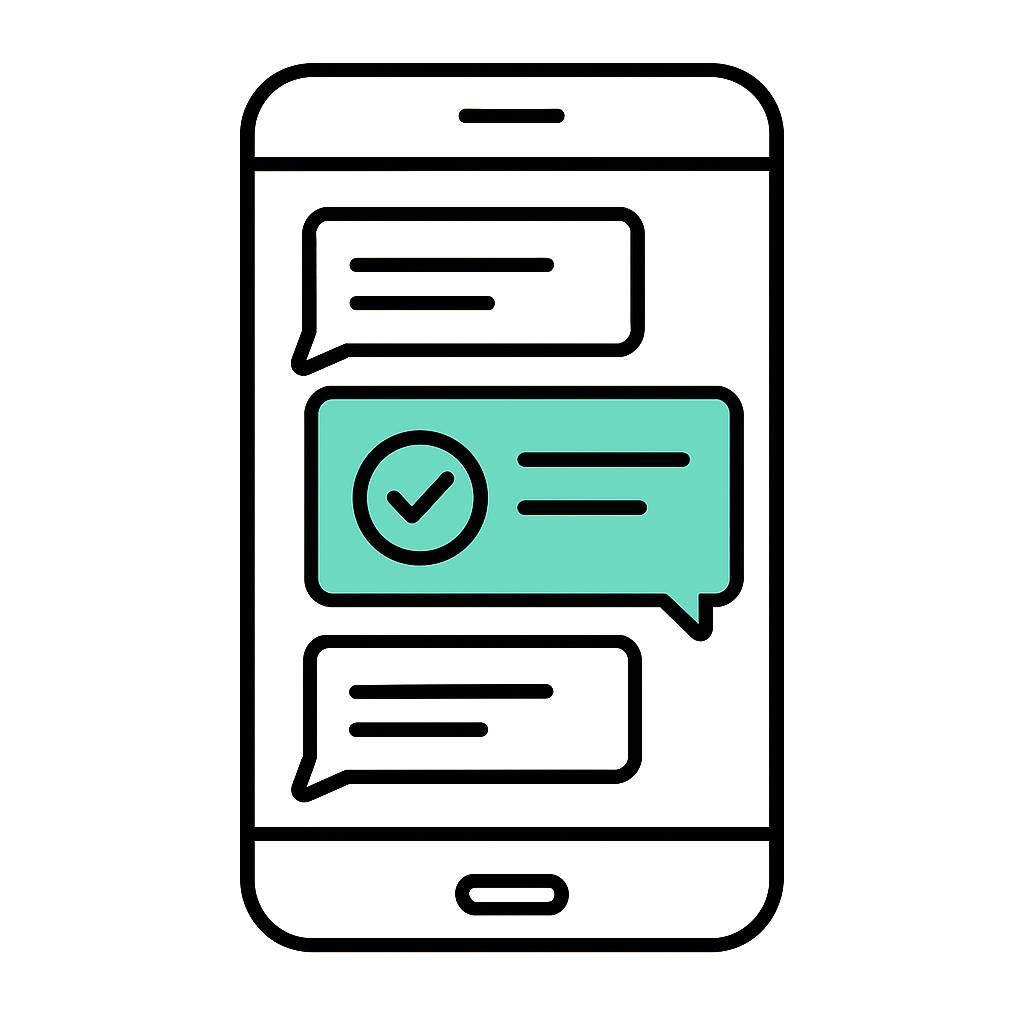
Customer retention and engagement
Attracting new customers is great; but keeping them? That’s where the real growth happens. In SaaS, recurring revenue hinges on building relationships that last well beyond the signup form.
Start with onboarding. A positive first experience can set the tone for the entire customer journey. Think of it as a guided tour, not a treasure hunt. Help users understand the value quickly, ideally within their first few sessions. Whether it’s a welcome email, an interactive walkthrough, or a friendly check-in from your team; small touches make a big difference.
From there, engagement is key. Email marketing remains one of the most effective ways to stay top-of-mind. You should build an email list and use automation to send timely messages: feature tips, product updates and usage nudges tailored to where customers are in their journey.
In-app feedback tools (like quick surveys or NPS prompts) help you understand what’s working and what needs attention. Don’t just collect responses; close the loop. A quick “Thanks for the suggestion, we’re on it” shows customers they’re being heard.
And if your product has a user base that shares common goals or challenges, consider building a community around it. Online groups, forums, or even occasional meetups (virtual or real-world) can give users a sense of connection beyond the screen; and turn them into passionate advocates.
Retaining customers isn’t about locking them in; it’s about giving them reasons to stay. Keep delivering value, keep listening, and keep the experience genuinely helpful. The loyalty will follow.
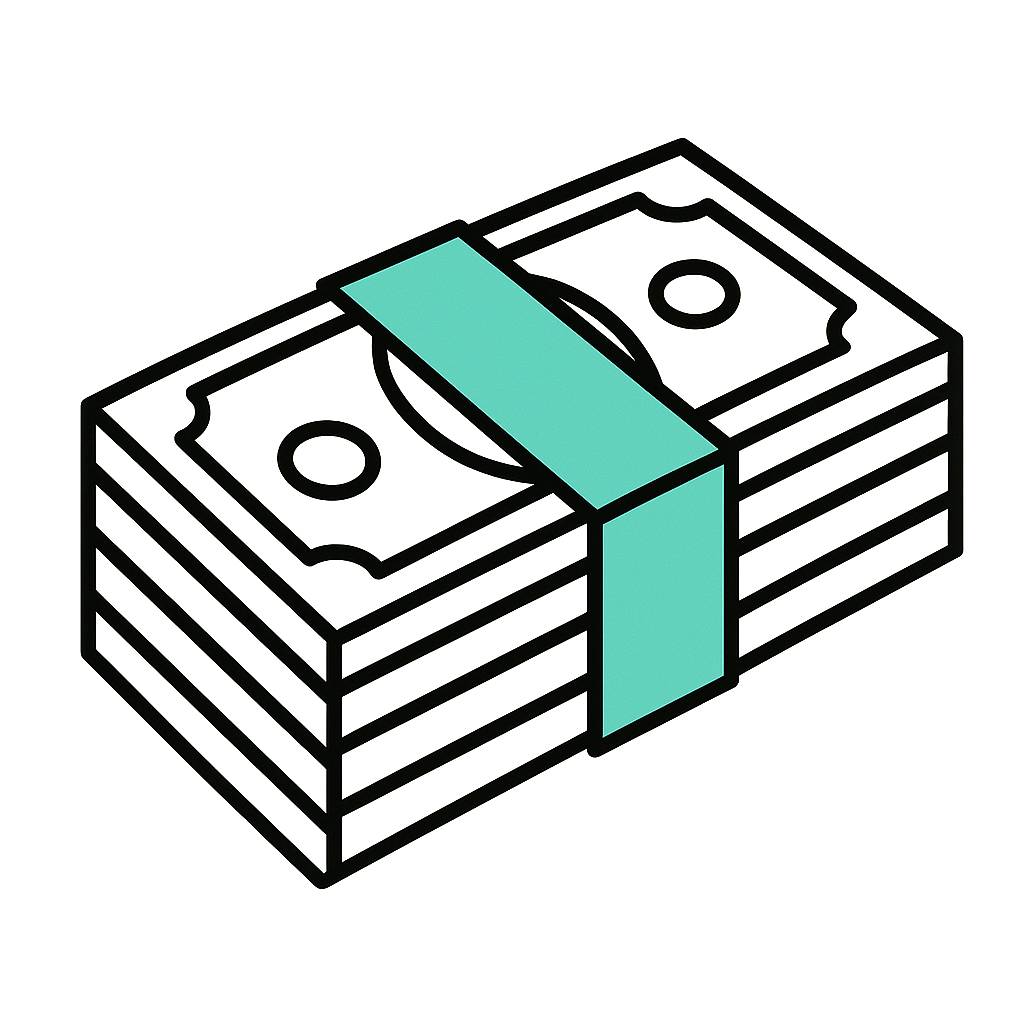
Pricing and packaging
When we’re talking about SaaS product marketing, pricing a SaaS product isn’t just a numbers game; it’s a positioning move. The way you price and package your offer speaks volumes about your brand, your value, and who it’s really for.
There are a few go-to models in the SaaS world:
Flat-rate pricing
One plan, one price. Simple and clear; but can limit flexibility.
Tiered pricing
Multiple plans with increasing features, designed to serve different segments (think Starter, Pro, Enterprise).
Usage-based pricing
Pay for what you use (per seat, per API call, etc.). This can scale well with customer growth.
Freemium or free trial
Let people try before they buy, which works great for product-led strategies.
The key is to pick a structure that aligns with the value your users actually get. If your product has a clear “aha” moment tied to usage; like collaboration tools or data volume; then usage-based might make sense. If your core value lies in advanced features, tiered pricing is your friend.
Don’t underestimate the psychology of pricing either. Anchoring (putting a high-priced option next to your “best value” tier), charm pricing ($9.99 feels way friendlier than $10), and bundling can all influence purchasing decisions.
And remember; your first pricing model isn’t carved in stone. The best SaaS companies regularly test pricing changes, run feedback loops, and watch the data to learn what resonates. Just be upfront with customers when making adjustments, and focus on delivering value that outpaces the cost.
Pricing is a conversation, not a one-time announcement.

Metrics that matter
Great SaaS product marketing is part intuition, part experimentation; but without solid metrics, it’s all guesswork. When you’re growing a SaaS business, keeping an eye on the right numbers helps you make smarter decisions, faster.
Start with the basics:
Customer acquisition cost (CAC)
How much are you spending to bring in a new customer? Add up your sales and marketing expenses, then divide by the number of new customers.
Customer lifetime value (LTV)
How much revenue does a customer generate over the course of their relationship with you? Knowing this helps you figure out how much you can afford to spend on acquisition.
Churn rate
How many customers are leaving each month or quarter? Reducing churn can often be more impactful than adding new users. It’s a strong signal of product fit and customer satisfaction.
Monthly recurring revenue (MRR) and Annual recurring revenue (ARR)
These give you a clear view of your financial health and growth trajectory. If MRR is growing steadily, you’re on the right path.
Cohort analysis
This helps you understand how different groups of users behave over time. For instance, are users who signed up in March staying longer or converting faster than those in February?
Don’t fall into the trap of measuring everything “just in case.” Focus on the metrics that align with your stage of growth and your specific goals. If you’re at an early stage, activation and retention may be your north stars. If you’re scaling, CAC-to-LTV ratio and MRR growth might take the spotlight.
The point isn’t to drown in data; it’s to guide your decisions with clarity and confidence.
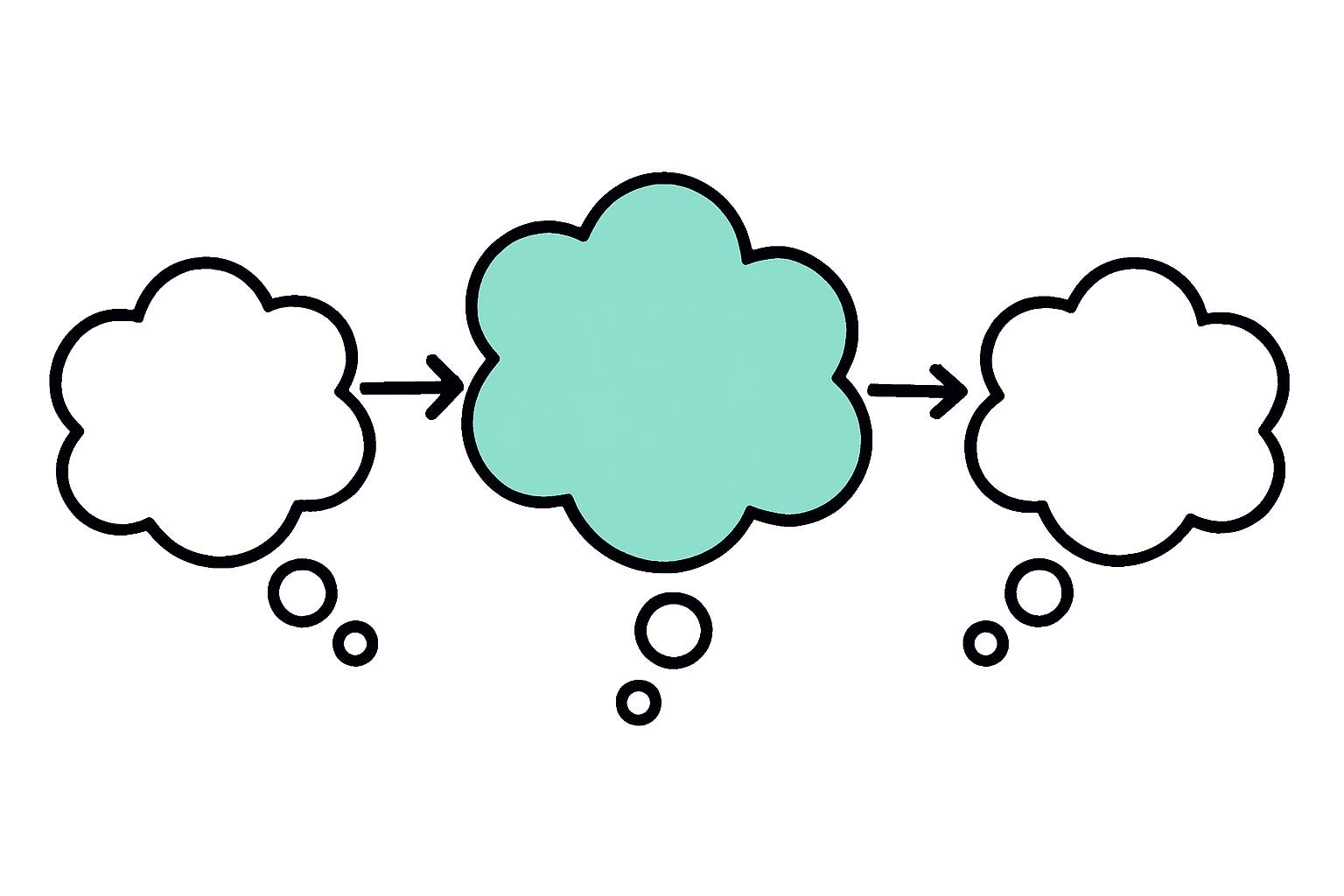
Aligning marketing with product and sales
If product, marketing, and sales aren’t heading in the same direction, it shows; usually in slower growth, missed opportunities, and confused customers.
The best-performing SaaS teams operate like a well-tuned trio. Great SaaS product marketing brings in the right leads, sales converts them with insight and empathy, and product delivers on the promise; while feeding back intel from users that fuels the whole system.
Start by creating open lines of communication. Regular check-ins between teams; whether it’s weekly standups, shared Slack channels, or strategy syncs; keep everyone informed and aligned. When marketing knows which objections sales is hearing, or when the product team understands what features users are asking for during demos, things run smoother.
It also helps to share tools. A CRM that tracks the full customer journey, analytics dashboards everyone can access, and project management software with shared boards can go a long way in breaking silos.
Even better? Create feedback loops. If a certain feature is getting love on social media, marketing should tell the product team. If a lead went cold after a demo, sales can loop in marketing to tweak messaging or follow-up content. It’s a cycle, not a handoff.
Alignment isn’t a checkbox; it’s a mindset. And when everyone’s focused on delivering value to the same customer, collaboration becomes the default, not the exception.
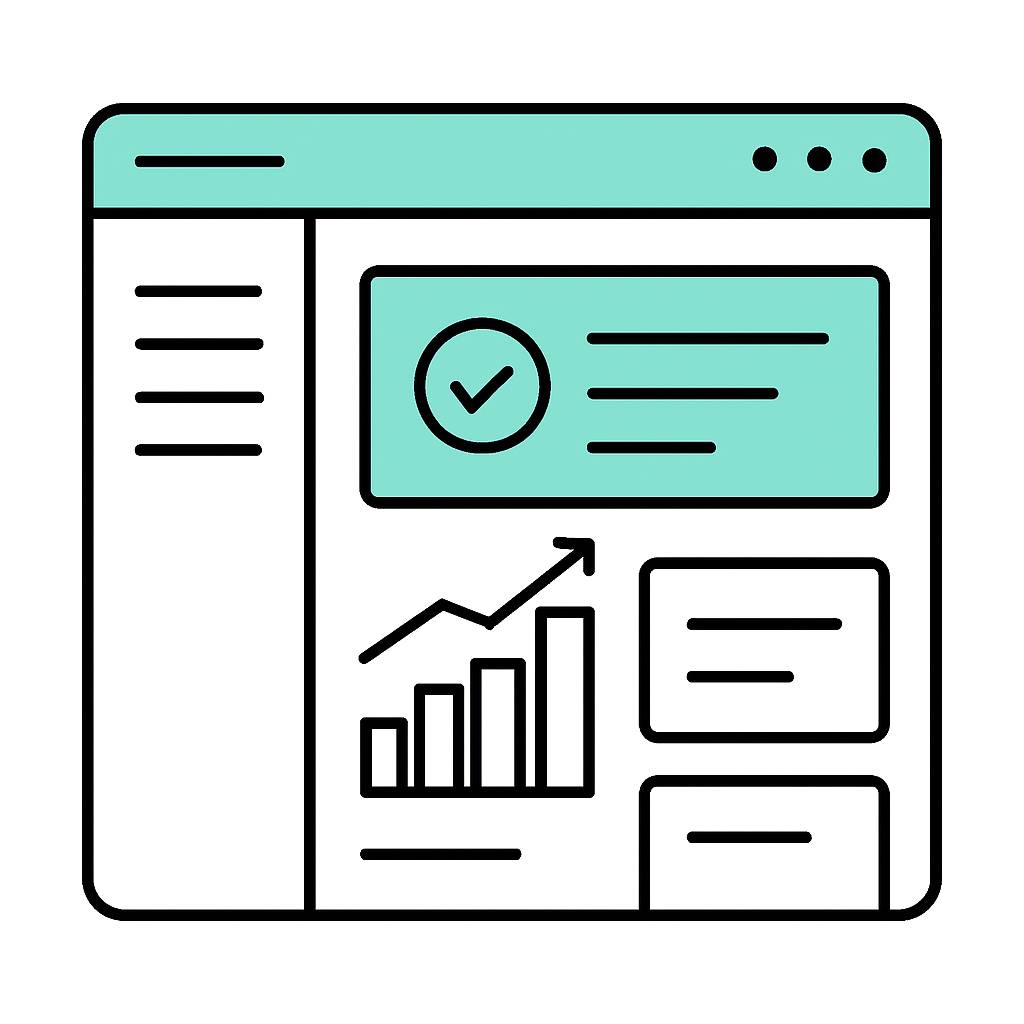
Case studies and successes
Sometimes the best way to understand what works is to see it in action. Real-world examples bring theory to life, showing how different SaaS businesses have tackled their own SaaS product marketing challenges, tested ideas, and grown sustainably.
Buffer
The Buffer team have done an absolutely amazing job of pushing themselves through transparency and content. Their blog is incredibly popular among founders and marketers, as well as business owners.
Canva
Australian product, Canva turned a design tool into a creative movement. Their early focus on simplicity, freemium access, and strong onboarding helped them grow from a niche solution to a household name. They didn’t just market features; they empowered users to do something.
Intercom
Intercom leaned into content and product education early on in their SaaS product marketing. Their blog and guides became go-to resources for SaaS marketers and founders, helping them establish authority while educating their future customers. Their messaging evolved with their audience, but always kept clarity at the core.
Notion
A textbook example of product-led growth, Notion spread via teams sharing templates, influencers posting workflows, and communities organically forming around productivity. They harnessed user creativity and gave it room to breathe.
These companies succeeded not because they followed one perfect playbook; but because they listened, iterated, and built marketing engines tailored to their product and audience.
If there’s a theme across all of them, it’s this: “great marketing is a reflection of great product understanding”.
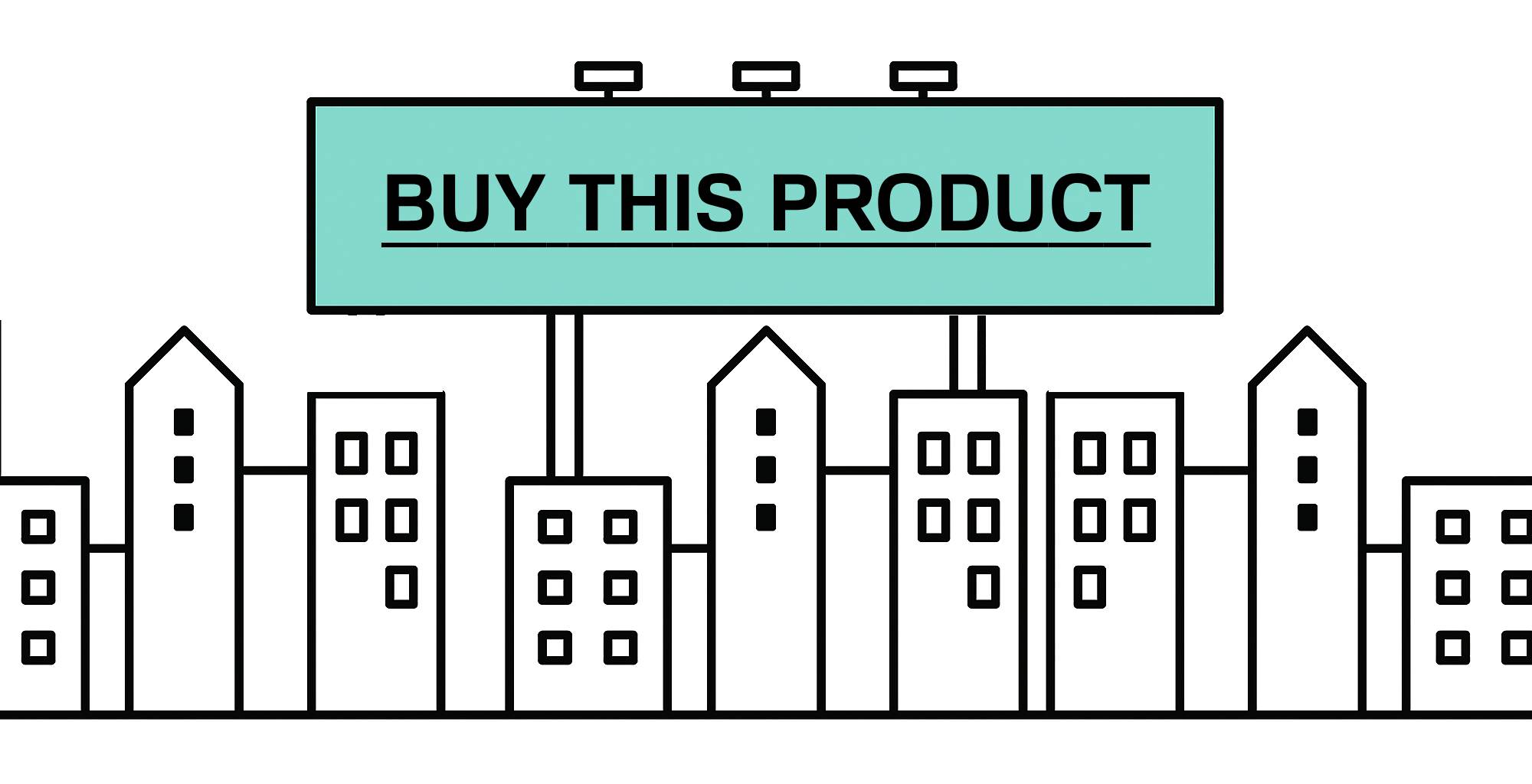
Conclusion
SaaS product marketing isn’t a one-size-fits-all playbook; it’s an evolving blend of strategy, creativity, experimentation, and honest connection. As your product grows, so will your audience; and that means your messaging, tactics, and metrics need room to grow too.
If there’s one thread tying everything together, it’s this: “meet your users where they are, and help them succeed”. Whether that’s through simple onboarding, thoughtful content, or a pricing plan that feels fair, long-term growth comes from consistently delivering value.
So, whether you’re just getting started with SaaS product marketing or looking to tighten up an existing strategy, remember: test often, learn fast, and don’t be afraid to do things a little differently if it fits your brand and your audience.
And hey, you don’t have to do it all at once. Start with one section of this guide; maybe refining your acquisition funnel, tightening up your onboarding, or simply checking in with existing customers; and build from there.
The sections in this guide, again, are;
- Understanding your market
- Building your SaaS product marketing strategy
- Customer acquisition tactics
- Product led growth (PLG)
- Customer retention and engagement
- Pricing and packaging
- Metrics that matter
- Aligning marketing with product and sales
- Case studies and successes
Here’s to you building not just a kick-ass SaaS product, but a brand that people genuinely want to use, talk about, and engage with.



